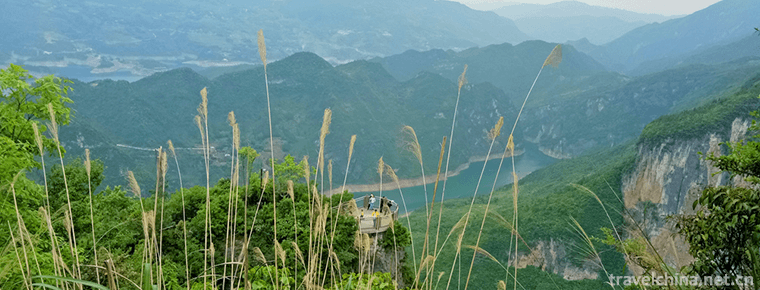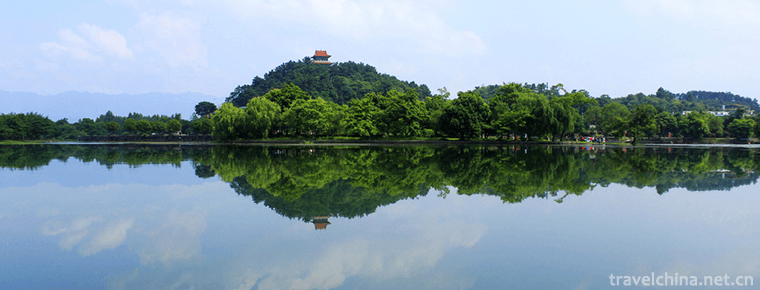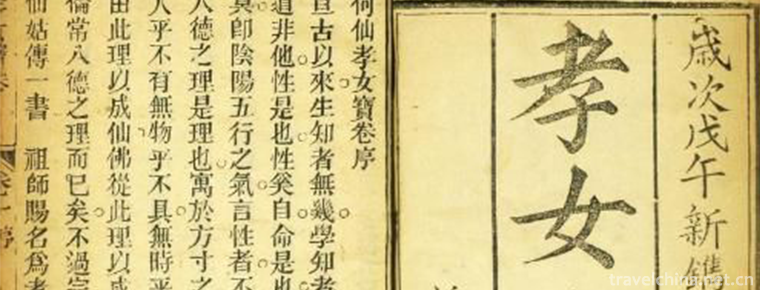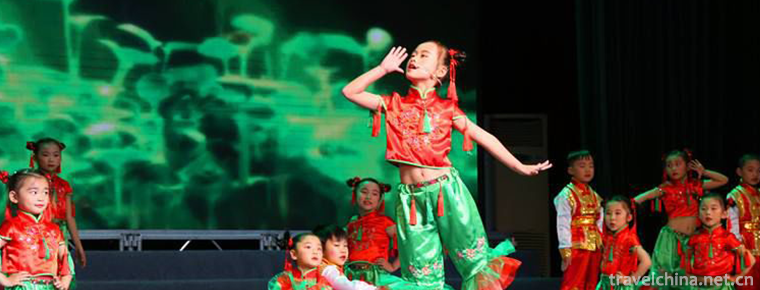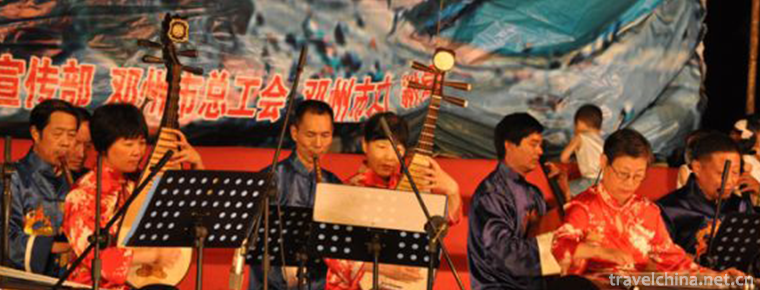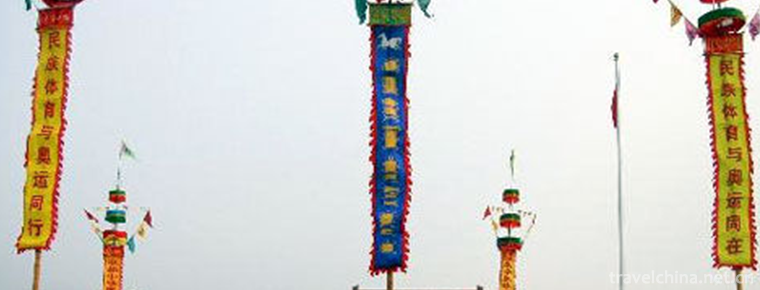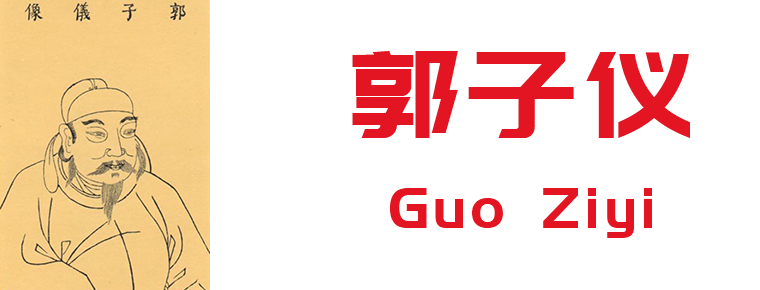Kazakh felt embroidery and cloth embroidery
Kazakh felt embroidery and cloth embroidery
Kazakh folk traditional felt embroidery and cloth embroidery handicraft are mainly spread in Xinjiang Kazakh soft residential areas, such as the Sixth Division Red Banner Farm, 107 Regiments, Qitai Farm. This technique has been approved as a national intangible cultural heritage project. Felt embroidery and cloth embroidery are the folk handicraft embroidery of Hasayi with a long history. Felt is the most representative and popular household handicraft in Kazakhstan. Every woman in Kazakhstan has her own system. Felt embroidery process is complex, patterns are numerous, labor-intensive, labor-intensive, beautiful and generous products, strong and durable, a felt can be used for more than ten years. As the saying goes, "Thousands of needles and thousands of thread embroidered felt", we can see that embroidering a felt is really not easy.
On June 7, 2008, Kazakh cloth embroidery was approved by the State Council to be included in the second batch of national intangible cultural heritage list.
Product introduction
Kazakh felts are usually analogous to animal horns, as well as cloud patterns and diamond patterns (Kazakh is called "Baoershake", because the fried Baoershake is mostly diamond, so the diamond code is "Baoershake". There are plum blossoms with four petals or six petals, eight petals and ten petals in the pattern of flower heads.
Base completion
A Kazakh felt embroidery and cloth embroidery processing and marketing base with strong national characteristics was built in the Red Flag Farm of the Sixth Division. After Kazakh felt embroidery and cloth embroidery were listed as national intangible cultural heritage projects, Red Banner Farm has done a lot of work in inheritance, protection and innovation. More than 200 Kazakh women were instructed to learn the skills of felt embroidery and cloth embroidery by the successors of the group farm mobilization. Fifteen Kazakh women were encouraged to open shop for felt embroidery and cloth embroidery and embark on the road of independent entrepreneurship. When I visited, I found that the base covers an area of 120 square meters. The production facilities of the venue include looms, sewing machines, cutting machines and so on. The embroidery works of felt embroidery made by Kazakh women are full of exhibition booths. Kazakh women uniformly produce felt embroidery and cloth embroidery works in the stadium. Special brokers and businessmen sign orders to ensure the market sales of cloth embroidery and felt embroidery products, which opens up a new way for Kazakh women to increase their income.
Protection and inheritance
Kazakh felt embroidery and cloth embroidery are the original ecological handicraft of Kazakh herdsmen. This farm provides special exhibition rooms for felt embroidery and cloth embroidery for Kazakh herdsmen, and organizes Kazakh embroidery women to study the skills of felt embroidery and cloth embroidery in northern and southern Xinjiang, thus improving the level of embroidery technology. Today, Carmen, the third generation successor, has collected more than 300 embroidery products, and some exquisite felt embroidery and cloth embroidery tapestries sell for more than 1000 yuan.
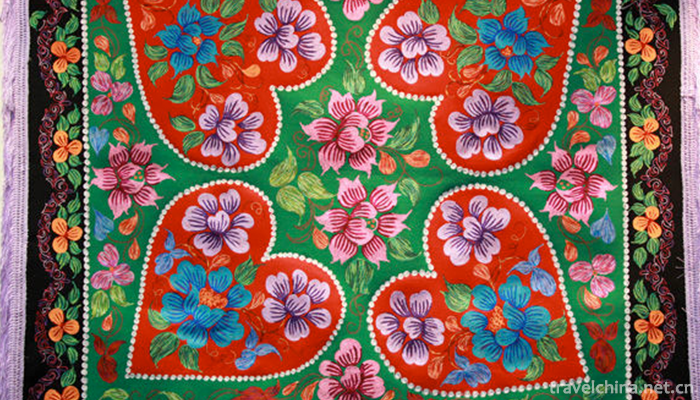
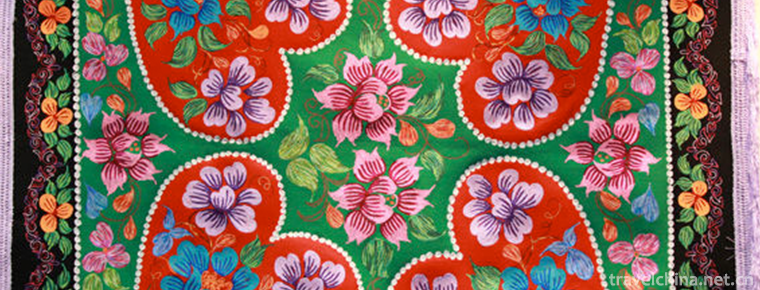
Kazakh felt embroidery and cloth embroidery
-
Jinji Lake
Jinji Lake is located in the northeast of the old urban area of Suzhou City, Jiangsu Province, and in the middle of Suzhou Industrial Park
Views: 260 Time 2018-12-06 -
Chongqing Yunyang Longgang National Geological Park
Yunyang Longgang Scenic Spot: National AAAAA Class Tourist Spot, National Geopark and National Day 2016 "Best Tourist Service Scenic Spot"
Views: 428 Time 2018-12-12 -
Jiulian mountain
Jiulianshan Scenic Spot is located in Songshuping Village, Shangbali Town, Huixian City, Xinxiang City, Henan Province. It belongs to the south foot of Taihang Mountain
Views: 203 Time 2018-12-22 -
Linqu canal
Lingqu, formerly known as the Qin Digging Canal, Zero Canal, Douhe Canal, Xing'an Canal and Xianggui Canal, is a great project created by the working people of ancient China
Views: 344 Time 2019-01-30 -
Treasure roll
Baojuan is a traditional Chinese literary form of rap and singing, which evolved from the folklore in the temples of Tang Dynasty. Most of the authors are monks and nuns.
Views: 536 Time 2019-04-04 -
Dang Tu folk songs
Dangtu Folk Song is one of the national intangible cultural heritages of the local traditional music in Ma'anshan City, Anhui Province.
Views: 261 Time 2019-04-25 -
Kazakh felt embroidery and cloth embroidery
Kazakh folk traditional felt embroidery and cloth embroidery handicraft are mainly spread in Xinjiang Kazakh soft residential areas, such as the Sixth Division Red Banner Farm
Views: 364 Time 2019-05-02 -
Silk Strings of Laohekou
Laohekou Silk String is a traditional folk music in Xiangyang City, Hubei Province. Laohekou Silk String is different from other forms of folk literature and art. It is a music that combines folk arti
Views: 307 Time 2019-05-11 -
acrobatics on a high flag pole
The banner is a kind of flag with different sizes. Zhongbian is a kind of flag with gorgeous decoration, honor features and competition strength. Zhongbian originated from the flagpole of the Royal Gu
Views: 282 Time 2019-08-03 -
Guo Ziyi
Guo Ziyi (697 - 781 years), Zi Zi Yi, Iowa Zheng county (now Shaanxi) Weinan city Hua Zhou District ) People. The famous Tang Dynasty Politician , Militarist
Views: 270 Time 2019-09-07 -
Miyaro scenic spot
Miyaro, translated as "fun Bazi", is a provincial scenic spot, located in the Zagunao River Valley of the upper reaches of Minjiang River in Lixian County, Aba Tibetan and Qiang Autonomous Prefecture
Views: 120 Time 2020-11-07 -
Social undertakings in Luzhou
As of the end of 2018, Luzhou has added 1 provincial key laboratory, 1 provincial engineering technology research center, 4 incubators of science and technology enterprises above the provincial level, and 16 national high-tech enterprises. The annual output value of high-tech reached 38
Views: 369 Time 2020-12-14

